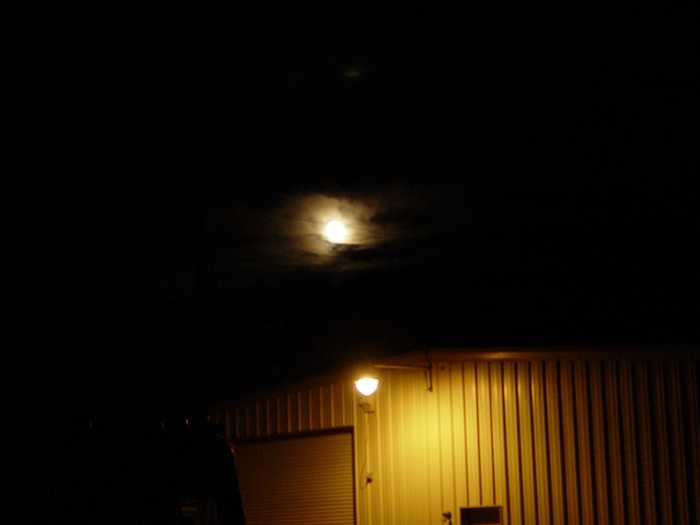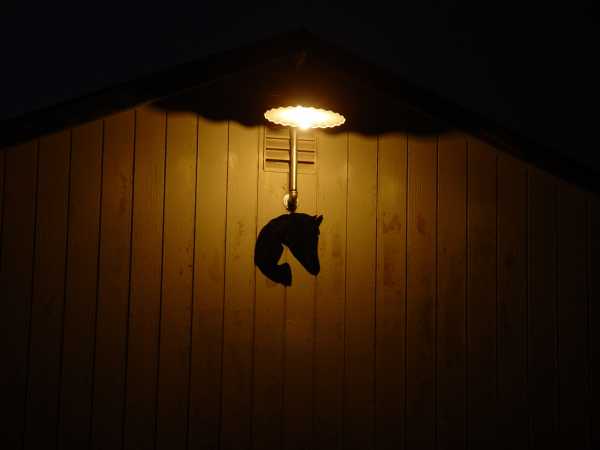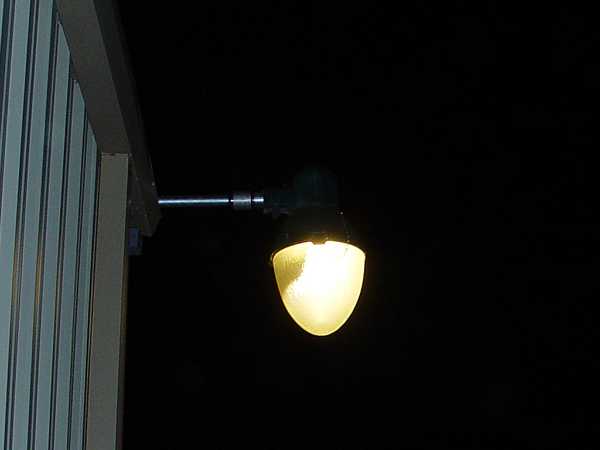Street Light Technical Information
|
|
How to Safely Wire a High voltage Series Circuit Street Light for 110 Volt Use |
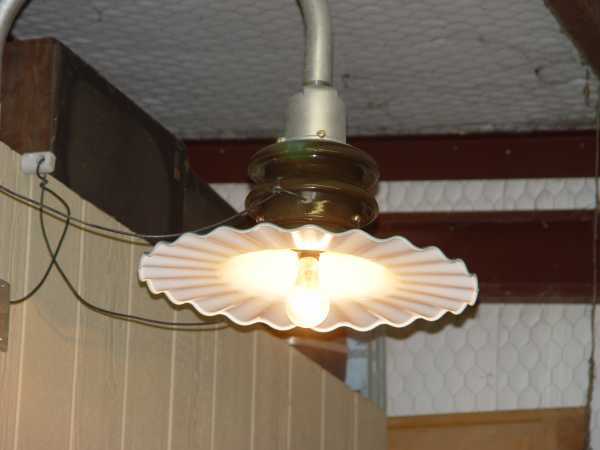
|
Most early street lights ran on high voltage "series" type circuits. Back before individual photoelectric controls were invented this type of circuit allowed a large number of lights in a district to be controlled by a single switch or time clock. Electric current would pass through each lamp in series. If a lamp burned out a small device called a film cutout disk would melt, short circuit across the socket containing the burned out lamp, and the circuit would stay alive.

|
Phenolic type Jones socket in a
|
Ceramic type Jones socket in a
|
|
There are three critical elements to consider when wiring a high voltage series street light. The first is pretty obvious. Many of these lights have their conductor connections outside the luminaire body. Therefore these lights should never be wired externally where people or metal objects could come in contact with external wiring lugs. In some instances the lugs can be disconnected from the socket assembly and the lights wired internally. With those lamps where the lugs can't be disconnected, some judgment as to where the lamps will be used is warranted.
When the Jones socket is removed the socket jaws close together. This is important in a high voltage series circuit but it creates a "dead short" when connected to 110 volts. The lamp socket always must be installed in the receptacle any time the street light is powered up.
|
GE's part number for sockets:
|
| UPDATE: GE has sold their remaining stock of bayonet type series sockets. As I locate sources for these sockets I'm posting the information here. |
|
While I will use incandescent lamps for open reflector type street lights such as radial waves for intermittent use, I use encapsulated CFLs or "Soft White" LEDs in situations where a light is being used for dusk to dawn service. For applications that don't require very bright lighting, 100 watt equivalent LED units can provide good service. Just be sure to check the color temperature. "Cool White" can be a bit stark.
These old street lights can make great collection pieces as well as really nice and economical vintage area and street lighting sources. Check them over for damage and wire them correctly before putting them to use and you can have some great "lighting experiences."
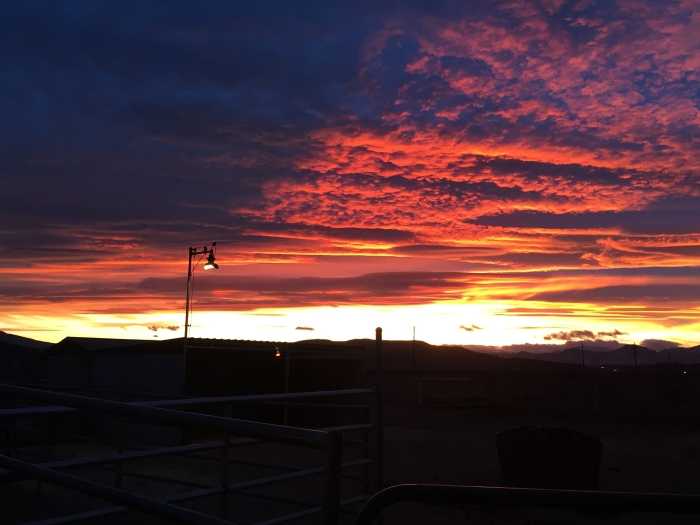
When restoring any electrical equipment please always focus on safety first. The information presented here is basic and for illustrative purposes only. Your equipment and installation conditions may warrant taking additional precautions. Therefore the material presented here is not intended to supersede the recommendations of a qualified electrician who is familiar with your specific project and environmental conditions.
For more information on how series circuits work, please see
|
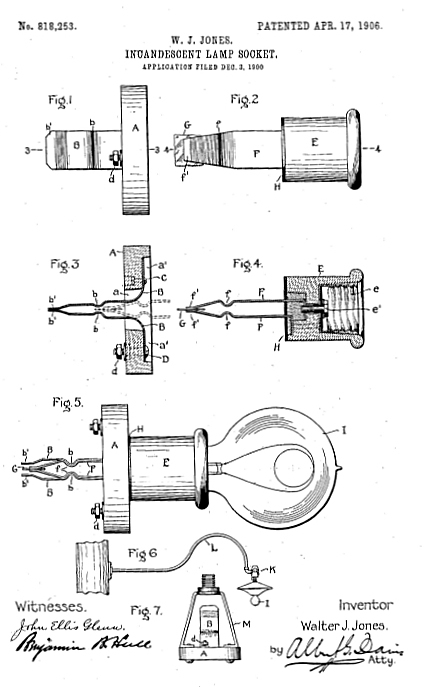
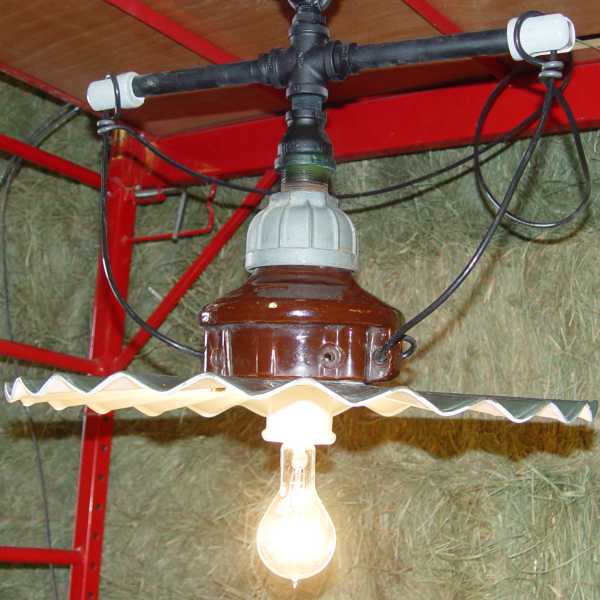
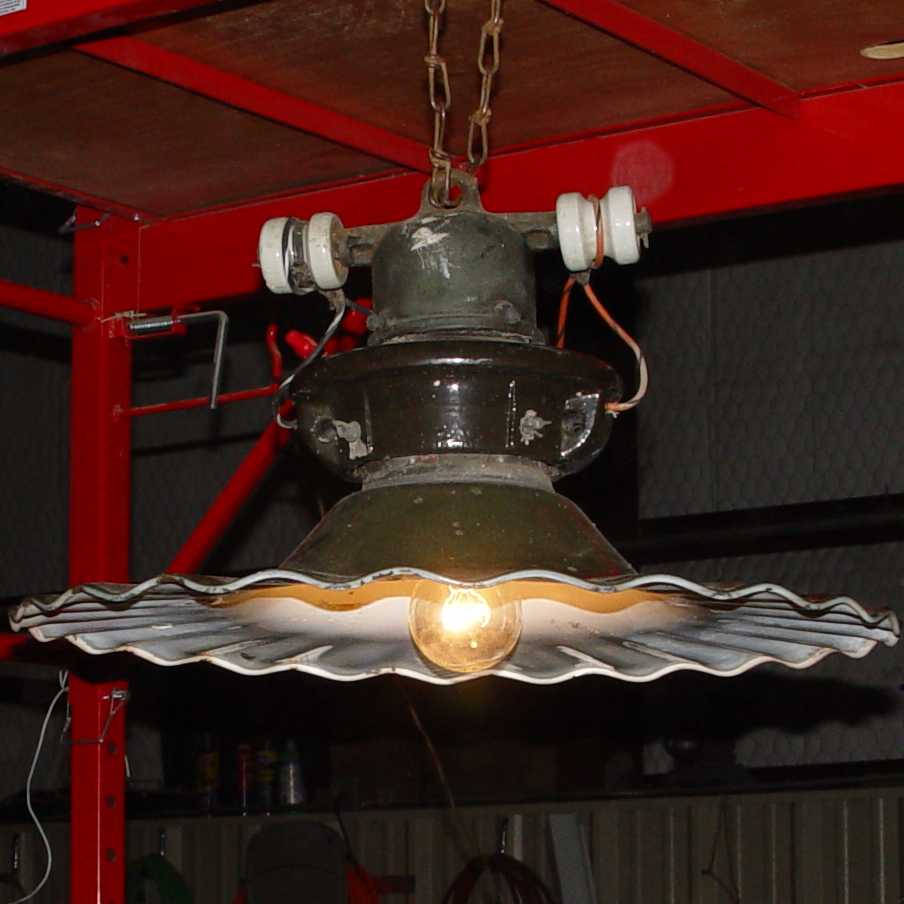
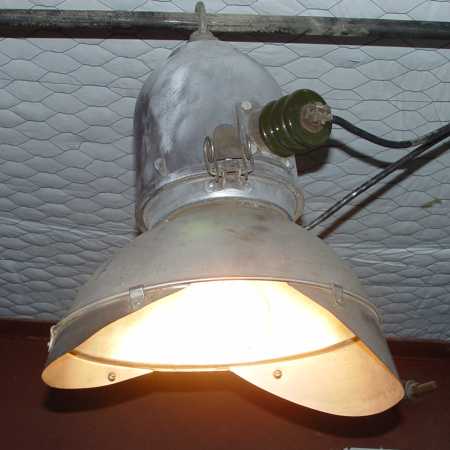
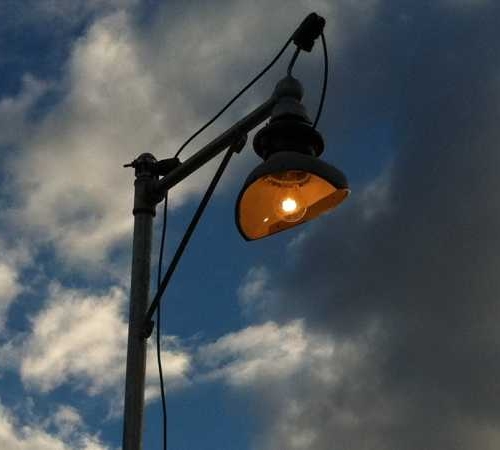
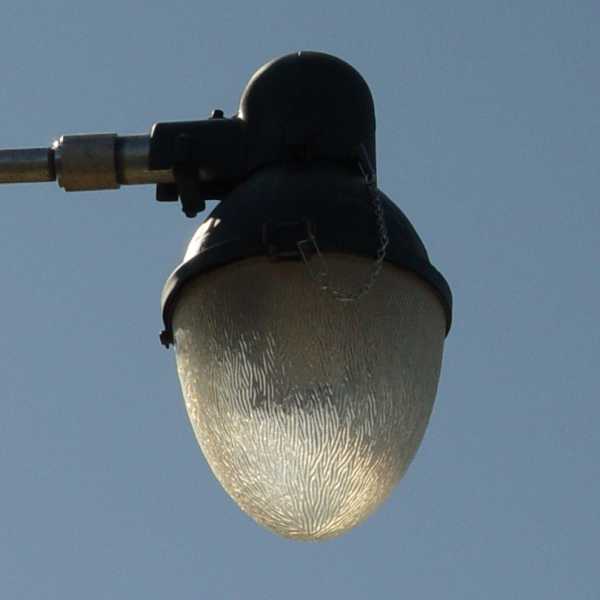
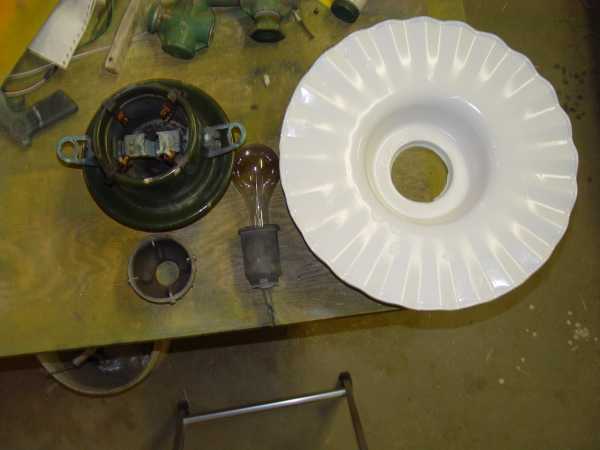
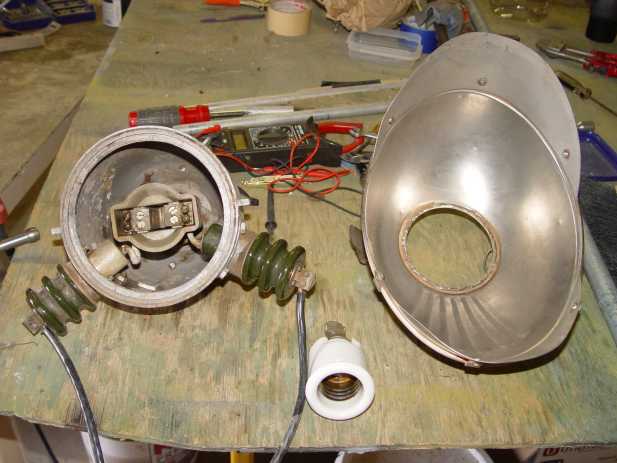
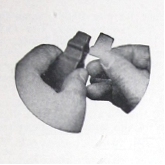 Finally if you study the Jones socket, the contact blades are designed to close together. The film disk cutout would normally separate the two blades. When a lamp burned out the voltage potential across the blades would cause the film material to melt, effectively shorting the circuit between the two contacts. For 110 volt use it is necessary to insert some insulating material such as a piece of plastic between these blades before powering up the lamp.
Finally if you study the Jones socket, the contact blades are designed to close together. The film disk cutout would normally separate the two blades. When a lamp burned out the voltage potential across the blades would cause the film material to melt, effectively shorting the circuit between the two contacts. For 110 volt use it is necessary to insert some insulating material such as a piece of plastic between these blades before powering up the lamp.
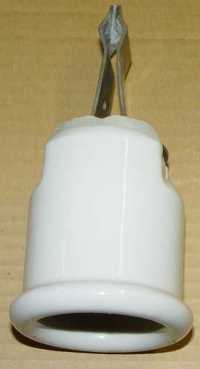
 Unless you plan to use a mogul base bulb, you will need to obtain a mogul to medium base screw-in adapter. They are available for a couple of dollars from well stocked hardware stores and on-line. For nighttime area lighting use, I recommend using a 300 equivalent CFL lamp that looks great in all lamps having glass refractors (globes) and only uses 68 watts of power.
Unless you plan to use a mogul base bulb, you will need to obtain a mogul to medium base screw-in adapter. They are available for a couple of dollars from well stocked hardware stores and on-line. For nighttime area lighting use, I recommend using a 300 equivalent CFL lamp that looks great in all lamps having glass refractors (globes) and only uses 68 watts of power.
